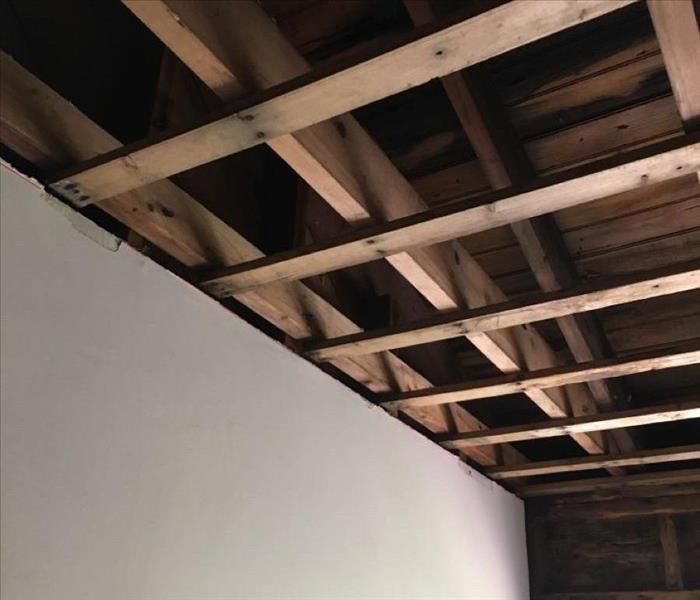Preventing Mold During Home Renovations
9/30/2024 (Permalink)
 By following these expert tips, you can ensure that your renovation project is both successful and mold-free.
By following these expert tips, you can ensure that your renovation project is both successful and mold-free.
Home renovations can bring exciting changes to your space, but without proper planning, they can also create opportunities for mold growth. Mold thrives in moist, poorly ventilated environments, making renovation projects especially vulnerable. Whether you're remodeling a kitchen or finishing a basement, it's essential to take proactive measures to prevent mold from taking hold.
Why Mold Prevention is Crucial During Renovations
Mold can develop quickly, often within 24 to 48 hours when moisture is present. According to the EPA, keeping moisture levels below 60% can help prevent mold growth. This is especially important during renovations, as new construction materials, increased humidity, and temporary disruptions in ventilation can all create ideal conditions for mold to flourish. Understanding the risk and taking preventative steps is key to protecting your home during the renovation process.
Key Steps to Prevent Mold Growth
1. Control Moisture Levels
During renovations, dust and moisture often go hand in hand. To prevent mold, keep moisture under control by running dehumidifiers in work areas and ensuring that air is properly ventilated. It's also important to avoid storing materials like drywall or wood in humid conditions before they’re installed, as these materials can absorb moisture and foster mold growth.
2. Seal Off the Renovation Area
If you're working in an area that generates a lot of dust or moisture, such as a bathroom or basement, seal off the space from the rest of your home. This prevents the spread of dust and mold spores to unaffected areas. Plastic sheeting and painter’s tape are great for creating temporary barriers.
3. Use Mold-Resistant Materials
When choosing materials for your renovation, opt for mold-resistant options whenever possible. Mold-resistant drywall, insulation, and paint can be key in minimizing the risk of mold development. These materials are specially designed to resist moisture absorption, making them a smart investment for areas prone to dampness.
4. Address Leaks and Water Damage Immediately
If your renovation project uncovers hidden leaks or water damage, it’s crucial to address these issues right away. Even small leaks can create lasting problems if not handled properly. Repair any damaged plumbing or roofing, and dry out affected areas before proceeding with your renovation.
Monitor Humidity Levels After Renovation
Once your renovation is complete, it's important to maintain moisture control. Use a hygrometer to monitor humidity levels in your home, especially in newly renovated spaces. Keeping humidity between 30-50% is ideal for preventing mold.
At SERVPRO® of Shrewsbury/Westborough, we understand the importance of protecting your home from mold during renovations. By following these expert tips, you can ensure that your renovation project is both successful and mold-free. For professional assistance with mold prevention and remediation, our team is here to assist every step of the way.





 24/7 Emergency Service
24/7 Emergency Service